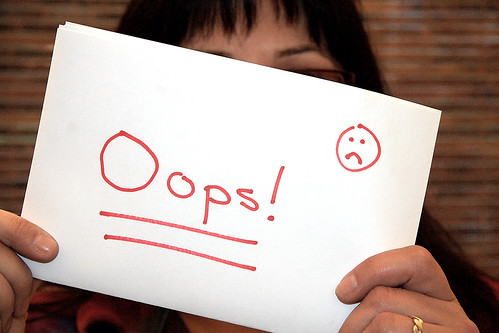
Top performers can seem like freaks of nature, impervious to pressure, perpetually healthy and prepared for battle.
Invulnerable.
I believe it’s the opposite. Being vulnerable can be mistaken for a sign of weakness, but it can actually be one of our biggest strengths.
Don’t get me wrong, top performers are often freaks of nature. As humans, we vary in our mental and physical strengths, and outliers (freaks of nature) have a headstart. And I think one of the strengths of the truly legendary performers is their vulnerability. Specifically, self-knowledge of vulnerability.
Allowing Vulnerability
Western society puts on a brave face, pretending that emotions are a luxury and a barrier to accomplishment. While it’s possible to go quite far while denying human emotion, emotion and vulnerability are often the drivers of transcendent creations.
When we deny vulnerability, we are hiding a part of ourselves, fighting against it. Sometimes this is the part of us that makes the big leap. Sometimes it gives us access to performances levels we never imagined.
Justin Vernon spent a winter at a Wisconsin cabin in the wake of illness and the breakup of a relationship. Allowing his emotions into his music without filters, he created a critically-acclaimed album, launched the Grammy-winning act Bon Iver and redefined his musical reputation.
More recently, Phil Elverum wrote music as he mourned the loss of his wife. Through the quiet and heartbreaking and raw songs on “A Crow Looked at Me, we are side-by-side with Elverum as he meets each day without his late wife. The album has been called one of the best of 2017.
It’s not always about breakups and death. Triple jumper Christian Taylor was already the Olympic champion when he started having knee pain in 2013. Facing a potential career-ending knee condition, Taylor faced this vulnerability and did the impossible. He learned to jump with his other leg. Even more incredible, he exceeded his previous best jump and nearly broke the world record two years later at the world championships. A year later he won another Olympic title.
https://www.youtube.com/watch?v=9Os8H-zDLuE
By allowing vulnerability, these three – and so many others – have removed barriers to performance.
Let’s shed the baggage these words carry. It’s time to redefine emotion and vulnerability.
Emotion is a source of strength, and vulnerability is a key to breakthroughs.
Achieving Vulnerability
Top performers are focused on doing and performing and achieving. So how do we move from allowing vulnerability to integrating it into training toward the big moment?
Throughout their careers, they identify where they are vulnerable and address it. They practice the skill of distinguishing between what is under their control and what is not, and they work on what’s under their control.
They look at the strengths of their competitors and use them as inspiration to close the gap and even chart new territory.
Even if they are already the GOAT, they don’t convince themselves of their invulnerability. They assess their performance and envision what’s possible next. They anticipate vulnerability and address it before it impacts their results.
If they have weaknesses like performing under pressure, they don’t let that vulnerability fester. They experiment in order to find the methods that let them access peak performance at the highest stress moments.
And when they have setbacks like injury or a failed enterprise, they muster their courage and look deep into that vulnerability with the intention of emerging stronger than ever.
Passive vulnerability is not the champion mindset. It’s an invitation to be destroyed.
Active vulnerability – achieving vulnerability – is how innovators make their mark.
One last thought on vulnerability. It’s an essential ingredient in true success because it makes us human. We’ve all seen tunnel-visioned success stories who turn out to be uninteresting (at best) people. Vulnerability means we’re connected with who we are. Someone who has achieved vulnerability is more likely to be seen as a real person. And I think that’s a good thing.
Where are you vulnerable, and what are you going to do about it?





